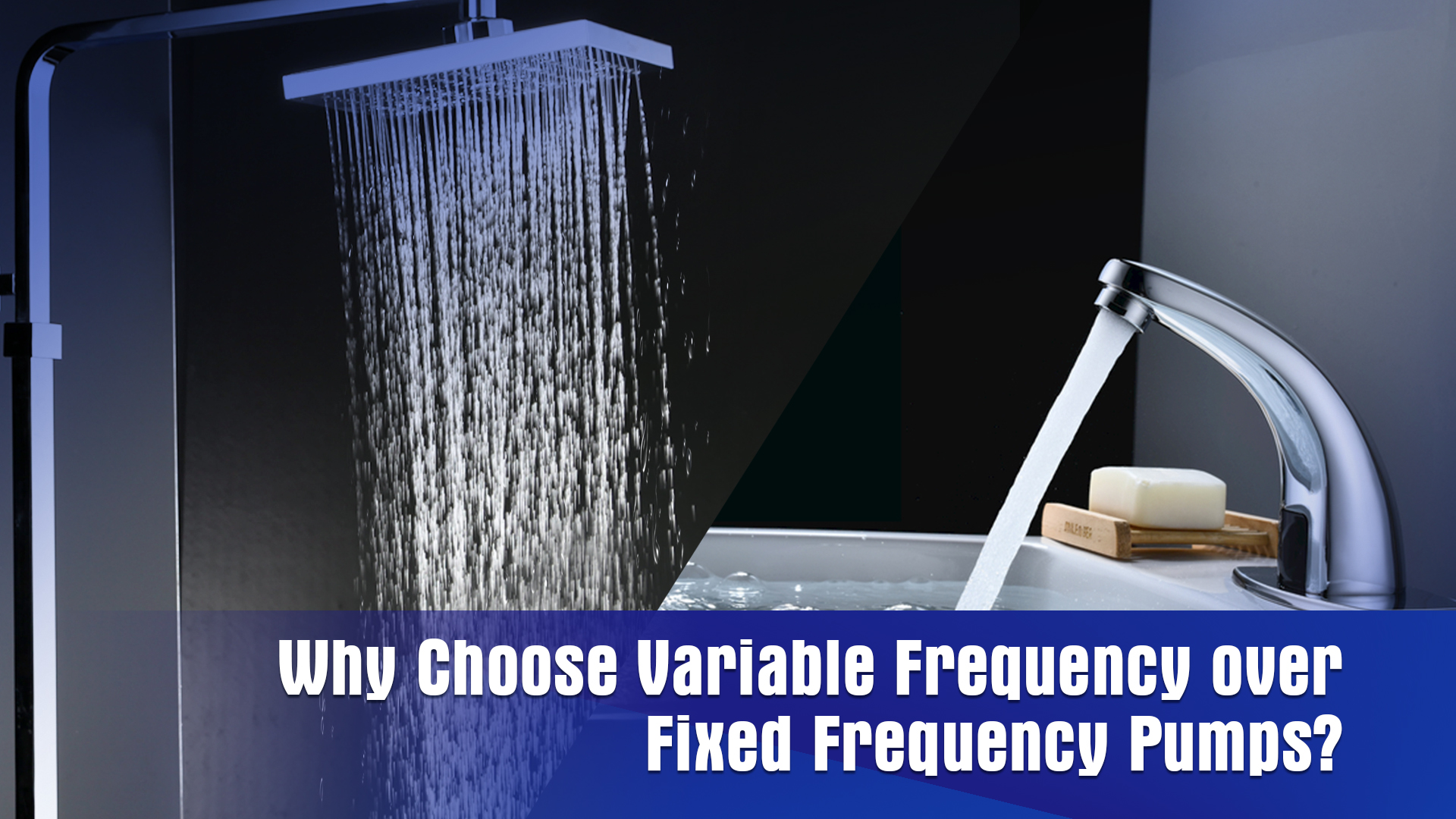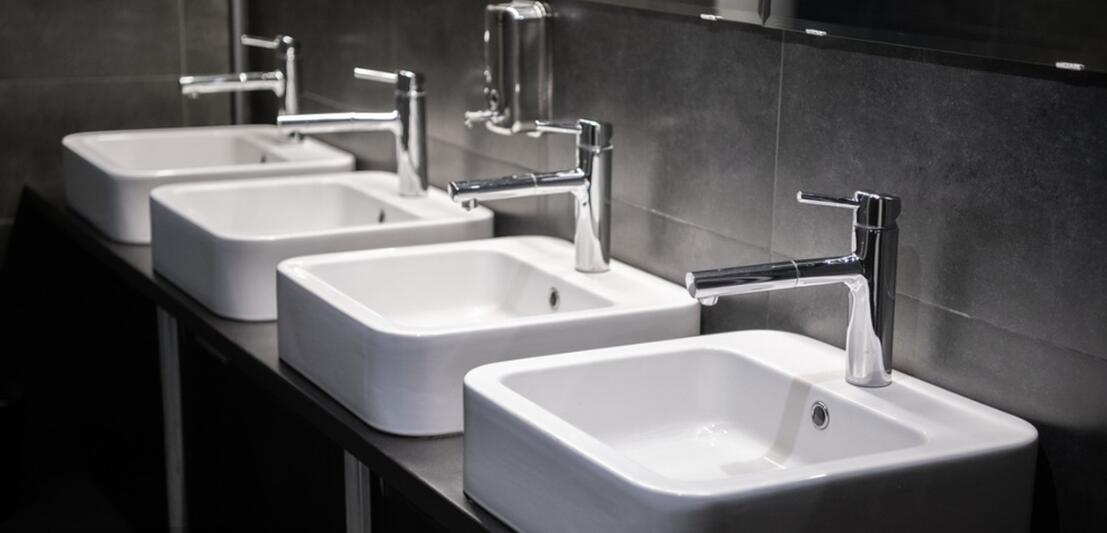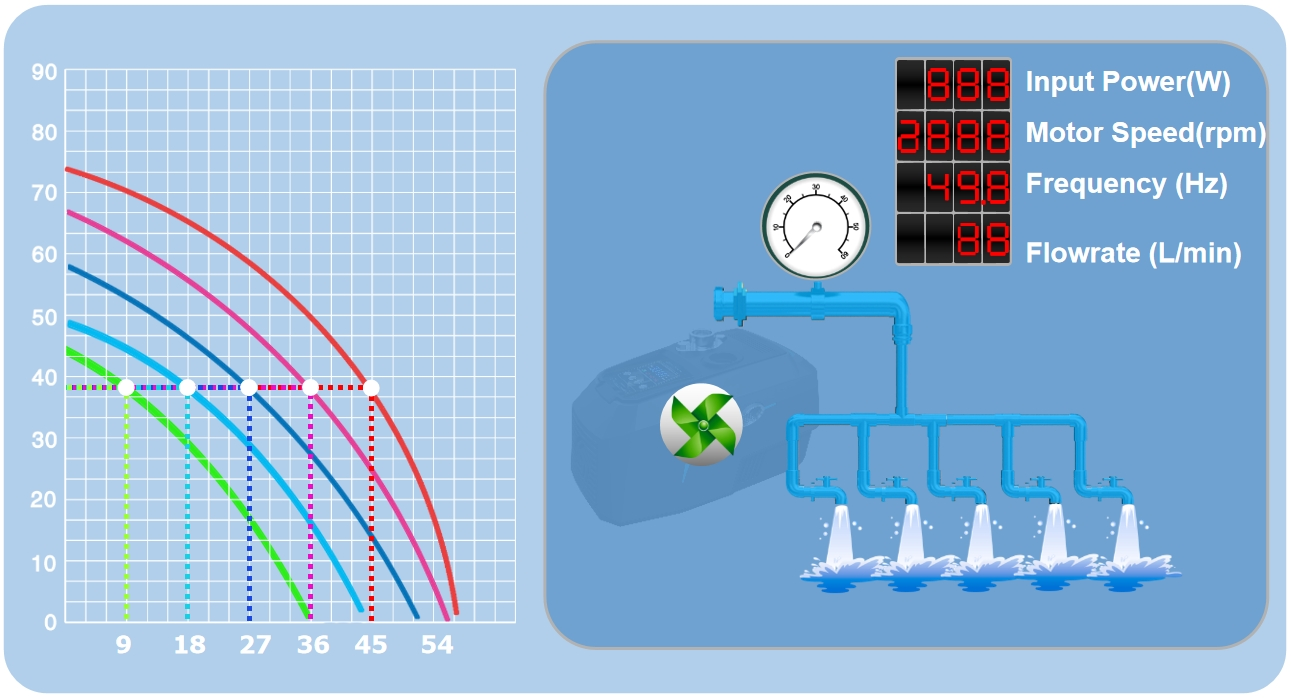+86 13816508465
Nov. 03, 2023

As a water pump seller, we often receive inquiries from customers about home booster pumps. In recently years, the booster pumps with variable speed control have been quite popular in some countries and cities. However, some people are still unsure about why they should choose booster pumps with frequency converter over regular pressure pumps and there are also concerns about potential issues associated with new technology.
In this article, we will provide a straightforward explanation of why variable speed booster pumps are a better choice.
What is a Variable Speed Pump?
A variable speed pump is an advanced water supply system that combines a standard booster pump with VFD (variable frequency drive) controller, along with valves and sensors. The VFD controller regulates the electrical power frequency supplied to the pump's motor, and adjust the pump’s operating speed based on real-time demand, ensuring precise control of water flow and pressure.
Key Advantages Against Fixed Frequency Pumps
1.Constant Water Pressure
One of the main advantages of variable speed pumps is their ability to adapt to different water demands and maintain a consistent water flow at any time.
Water pressure doesn't always remain constant, especially during different time periods of the day or when pressure drops after high demand. VFD pumps stabilize water pressure by continuously monitoring the flow and adjusting the pump's speed accordingly. This ensures that the system operates within its performance curve, maintaining stable water pressure even with changing demand conditions.

2.Energy Saving
Energy saving is another noticeable advantages of variable speed booster pumps.
They only consume the power necessary for the required operation. Unlike fixed frequency pumps that run at a constant speed, inverter pumps have the ability to adjust their motor speed based on the actual demand for water flow. Therefore, it only operates at lower speed during periods of low water demand. During these non-peak usage periods, where the water consumption does not reach the maximum rated capacity, running the pump at its highest speed is unnecessary to meet the water requirements. In such cases, a variable speed pump automatically adjusts its frequency output based on the actual water demand. When the pump operates below the rated frequency of 50Hz, the pump's output power does not reach the set rated power. This achieves energy savings.
Furthermore, a variable speed pump not only reduces operating costs but also improves energy efficiency, leading to a more sustainable and environmentally friendly solution.
3.Soft Start and Avoid Pipe Burst
Variable frequency pumps offer the advantage of soft starting, eliminating the sudden pressure surge during pump startup. In contrast, fixed frequency pumps may cause a pressure spike at the moment of starting, posing a risk of damage to the pump and pipes. Variable speed pumps achieve a controlled startup process by gradually accelerating the motor speed, reducing pressure shocks to the system, protecting equipment, and minimizing the risk of pipe bursts.

4.Noise Reduction
Compared to fixed frequency pumps that often run at a constant high speed, variable speed pumps operate at lower speeds during periods of low demand. This reduced speed operation results in lower noise levels, providing a quieter and more comfortable environment for homeowners.
In conclusion, choosing a variable speed booster pump with a frequency converter offers numerous advantages over traditional fixed frequency pumps. With their improved efficiency, extended equipment lifespan, and reduced noise levels, these pumps provide a reliable, cost-effective, and environmentally friendly solution for water supply systems.
Address
No.17 XeDa Jimei Ind. Park, Xiqing Economic Development Area, Tianjin, China
Telephone
+86 13816508465
QUICK LINKS